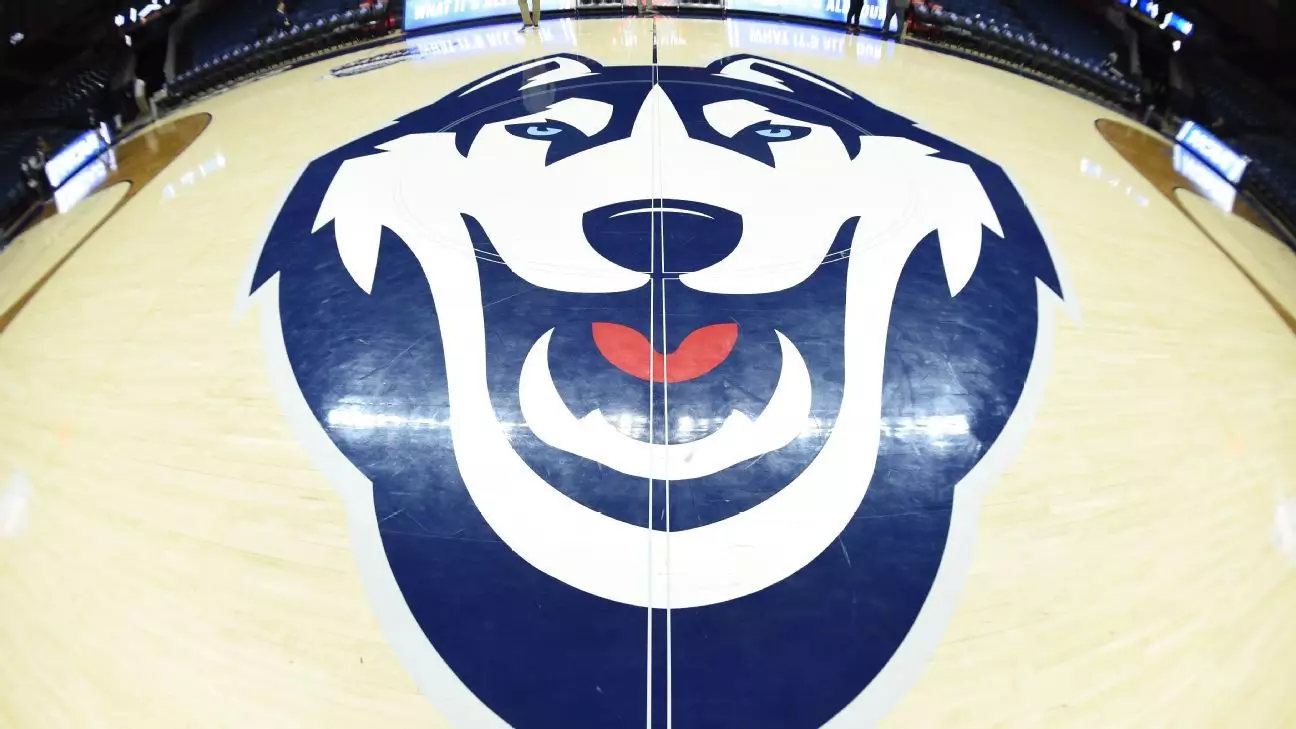The landscape of college athletics is ever-evolving, with conferences constantly assessing their strengths and weaknesses in a competitive market. The Big 12 Conference is now considering adding the University of Connecticut (UConn) to its roster of institutions across all sports. This potential expansion has generated significant buzz, yet the road to UConn’s inclusion is fraught with challenges and complexities that merit a closer examination.
Discussions regarding UConn’s membership in the Big 12 have escalated recently, with the athletic director David Benedict and board chair Daniel Toscano making a case to Big 12 athletic directors during a meeting in Dallas. However, it’s essential to note that no formal vote has been conducted, and strong opposition exists among some current Big 12 members. This internal dissent raises questions about the viability of UConn’s inclusion and highlights the delicate balance of power within the league.
The resistance faced by UConn stems from the varied interests of member schools. For instance, some athletic directors within the Big 12 have expressed skepticism regarding the benefits of adding another member, particularly in light of ongoing issues related to NCAA administration reforms and financial considerations. This apprehension is compounded by the fact that successfully integrating UConn would require unanimous support from the league’s presidents, a daunting task given the current landscape of opinions.
One of the primary focal points of the discussions revolves around UConn’s commitment to improving its football program, which has struggled to achieve competitive success in recent years. UConn’s proposal emphasized the school’s readiness to invest in its football infrastructure and make substantial strides in performance. By delaying full membership until 2031, the school intends to use this time to bolster its funding and attract top talent through Name, Image, and Likeness (NIL) initiatives.
The pressure for UConn to demonstrate competence in football is tangible, especially given that college football has tremendous financial implications for conference revenue. Observers of the college sports ecosystem recognize that the Big 12 has heavily relied on basketball revenues, with commissioner Brett Yormark positioning the league for enduring success in this area. However, the overarching question remains: Will UConn’s enhanced football program contribute significantly to the conference’s bottom line, particularly when considering the league’s increasing focus on basketball as a revenue driver?
Despite the uncertainties within the football realm, UConn’s storied basketball programs present a compelling reason for the Big 12 to pursue the Huskies. UConn’s men’s basketball team has enjoyed remarkable success, recently claiming back-to-back national titles under the guidance of head coach Dan Hurley. The women’s basketball program, historically among the best in the country, further adds to UConn’s allure.
The addition of UConn would not only enhance the Big 12’s already strong basketball reputation but also contribute to a robust competitive framework. Consideration of UConn’s local fan base and its roots in the New York market presents a strategic opportunity for the Big 12 to reach new audiences and enhance visibility in key regions.
Yet, it is crucial to note that UConn’s basketball prowess does not negate the ongoing concerns within the football program. While basketball could indeed bolster the league’s position, the Big 12 must carefully weigh the benefits against the risks of diversification and the implications for its overall brand.
The potential integration of UConn into the Big 12 illustrates broader trends in college sports, including relentless conference realignment and the pursuit of strategic alliances. As traditional powerhouses fluctuate and expand their reach, the emergence of additional competitive programs remains paramount to sustainability within the college sports hierarchy.
While UConn poses both promises and pitfalls for the Big 12, the ongoing conversations underscore a critical phase in conference dynamics—where institutions must recalibrate their strategies in pursuit of financial equilibrium, competitive strength, and brand identity. The coming weeks and months will be indicative of whether UConn will find its way into the Big 12, or if these discussions will fizzle into another tale of missed opportunity within college sports.
While the prospect of UConn contributing to the Big 12 is enticing, careful deliberation is necessary to balance the complexities underlying this potential membership. The stakes are high, with significant implications not just for the involved parties, but for the broader landscape of college athletics as a whole.


Leave a Reply